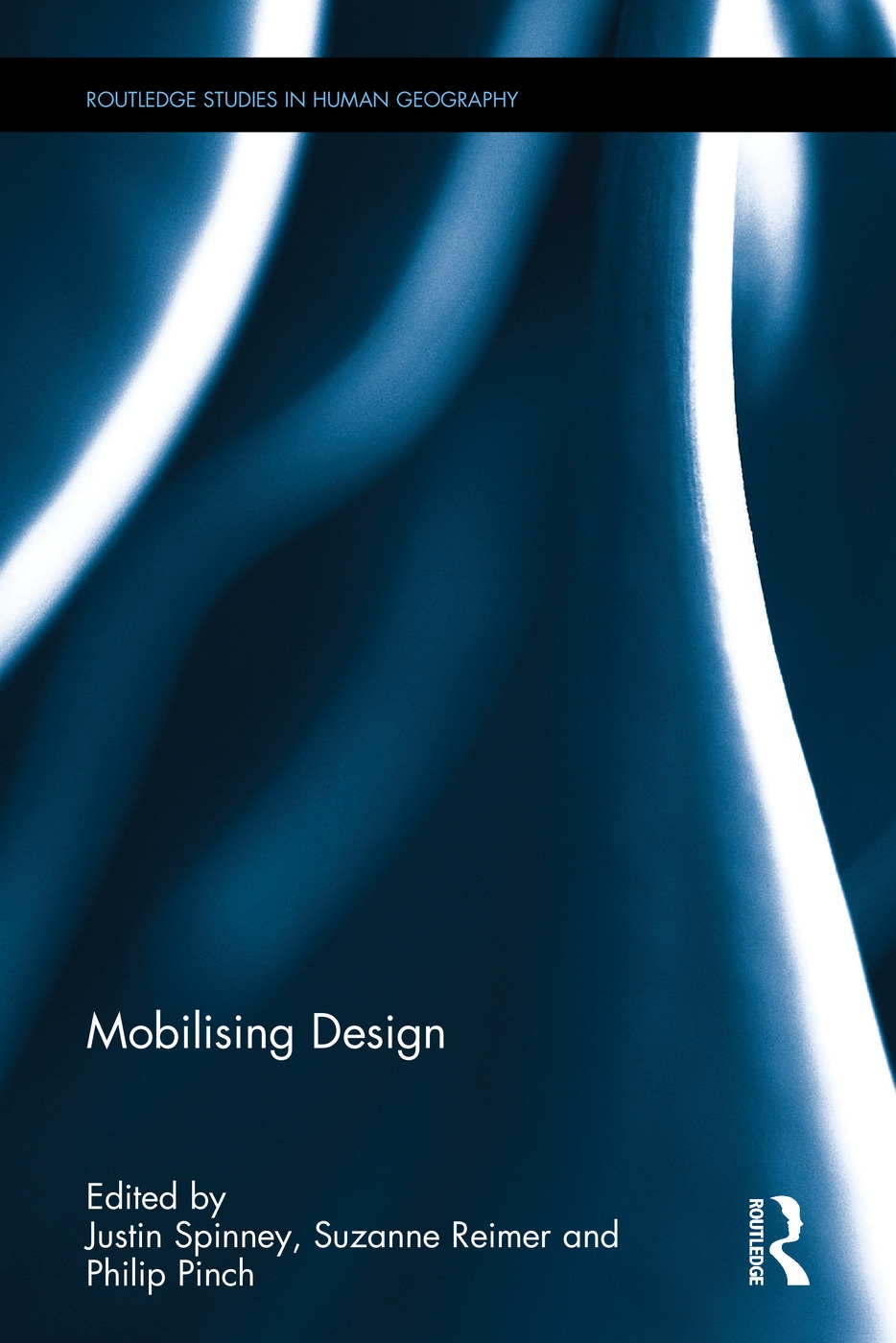This book brings together research working at the boundary between design knowledges and mobilities, offering a novel collection for both theorists and practitioners. Drawing upon detailed case studies, it provides an exploration of the role of designers, consumer-facing business functions, and the regulatory, legal and normative frameworks that circumscribe these functions in co-producing relationships between design and mobility. By highlighting often invisible artefacts and associated knowledges and controversies the book foregrounds the taken for granted ways in which everyday mobility is designed. It will be of interested to those in geography, sociology, economic history, architecture, design and urban theory.










